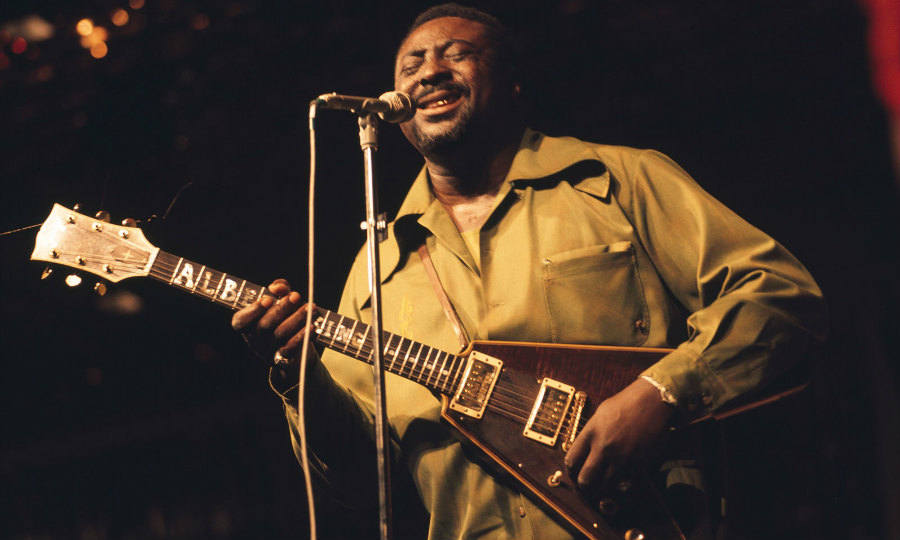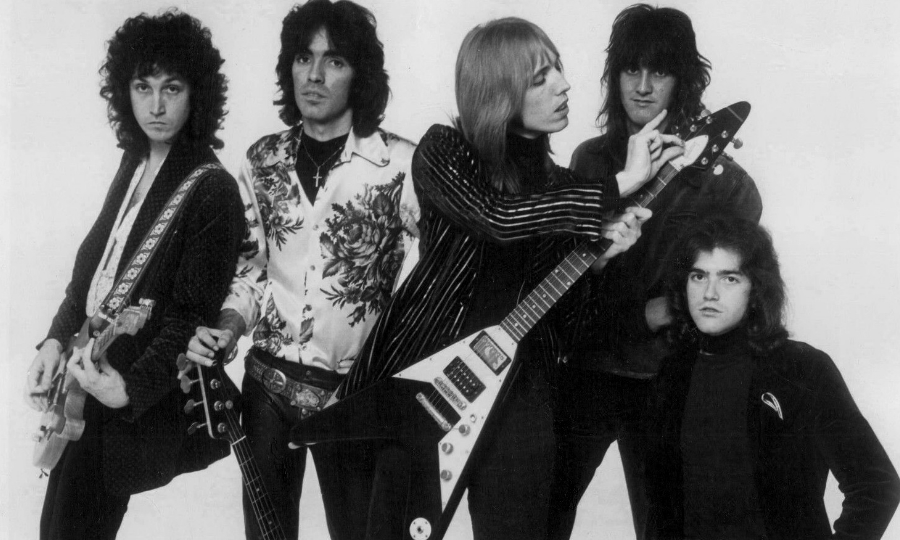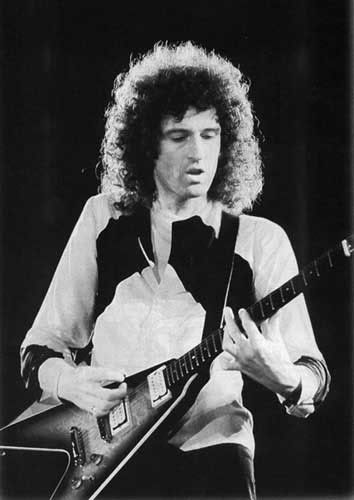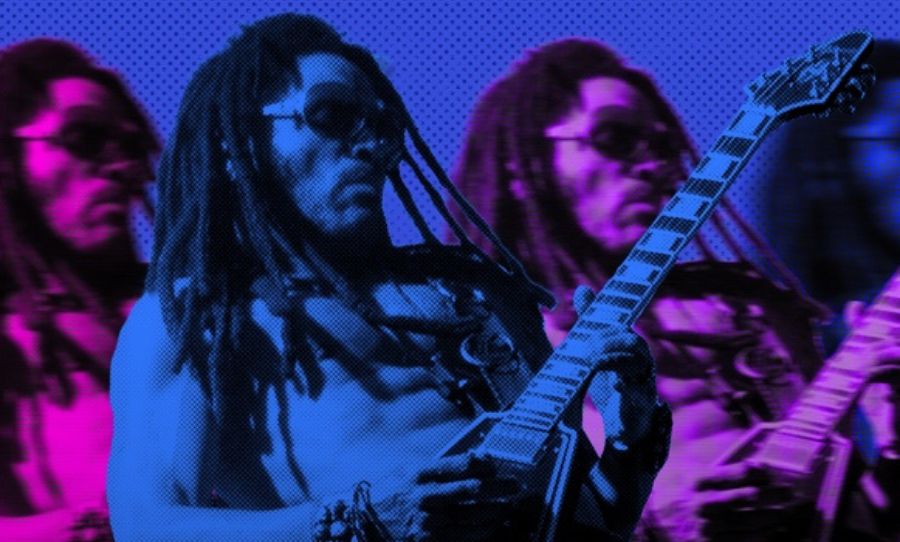The futuristic alien that is the Gibson Flying V is still as iconic as ever in rock history
First introduced on January 6, 1958, the Flying V celebrates its 67th birthday today. As we move into a new year, it’s clear that the Flying V’s influence remains paramount in shaping sound, style, and the very nature of rock and metal.
With new players keeping the flame alive and vintage models skyrocketing in value, let’s look back at the Flying guitar’s legacy and how it continues to soar.

Inception
When Leo Fender released the Stratocaster in 1954 it was hailed for its cutting edge, modern design. The sleek body and famous horns were an instant staple and became admired amongst players and fans alike.
As a result, Gibson’s sales began to slump, and Gibson president Ted McCarty realised the need to combat what was soon to become the most famous guitar model of all time – the Stratocaster.
In typical McCarty fashion, he made a series of bold moves that resulted in the development of several of the most desirable and valuable electric guitar models in history, including the sunburst Les Paul Standard, ES-335, Explorer, and Flying V, all of which made their debut in 1958.
While the ES-335 has become a jazz-blues favourite, and the sunburst Les Paul is arguably the second most iconic guitar model, it was the Flying V that proved the perfect blend of modernism and seductive sleekness.
Design
In 1956 Andy McCarty hired a group of artists to develop electric guitar models with ‘futuristic’ appeal.
“I told them what I wanted and asked them to make me some sketches,” McCarty told Andre Duchossoir. “We chose the ones we liked, and then we called in [guitar foreman] Larry Allers and John Huis and asked if they could make them. You can design anything on paper, but building and producing it is a different matter.”
Only several of the submitted designs made it to the prototype stage. Of the prototypes, only three were patented and confirmed for application in January 1958. This was an unusual strategy, as previously Gibson had filed patents only for engineering inventions and not cosmetic designs. The three confirmed designs were the Moderne, Futura, and Flying V. Of these designs the Flying V was the only one that remained unaltered, while the Moderne never went into production.
They were initially built for trade shows with mahogany bodies, although they were soon changed to the lighter African limba wood, also known as Korina.
“No one else had a korina guitar,” Gibson wood expert Wilbur Marker told Duchossoir. “That was the novelty of the thing. It was very pretty. In essence, that is the reason why we went with korina.”
While Gibson re-established their reputation for innovation with dealers, it didn’t necessarily translate to sales. Most dealers thought the designs were a little too space-age and thus many only ordered one instrument to put up in the window display.
Shipping records show that only 81 Flying V guitars shipped in 1958 and 17 shipped in 1959. In early 1959, the Flying V was phased out of production.
They sat dormant until the early sixties when another 20 models were made with new technological improvements. They were hardware plated with nickel rather than gold, metal cap knobs instead of bonnet knobs, humbuckers rather than PAFs, and a Tune-o-matic bridge with an early Sixties-style retaining wire.
Thus the Gibson Flying V was truly born and players were quick to make it their signature guitar as the acid began to soak the tapestry of the ’60s.
Albert King

Blues master Albert King was quick to pick up the Flying V for its symmetrical versatility as a left-handed player. The V’s shape meant it was easy for King to flip it over and restring, essentially playing a right-handed guitar upside down.
Each Flying V Albert owned was named Lucy, not to be confused with Lucille, the name of the Gibson hollow body owned by blues king contemporary, B.B. King.
Tom Petty
Tom Petty famously used a Gibson Flying V for much of his time with the Heartbreakers. He’s even tuning it during a photoshoot which makes plenty of sense, I guess. Furthermore, the guitar even became a signature part of the Heartbreakers logo.
Brian May – Queen
It’s hard to argue against the influence of Brian May. The iconic Queen guitarist had a wholly unique tone due to his use of an old British sixpence coin for a pick, coupled with his custom-built Red Special.
However, for a brief period during the ’80s, he played a Gibson Flying V. While there is very limited footage of May with a Flying V there are some incredible recordings of his time in flight.
James Hetfield – Metallica
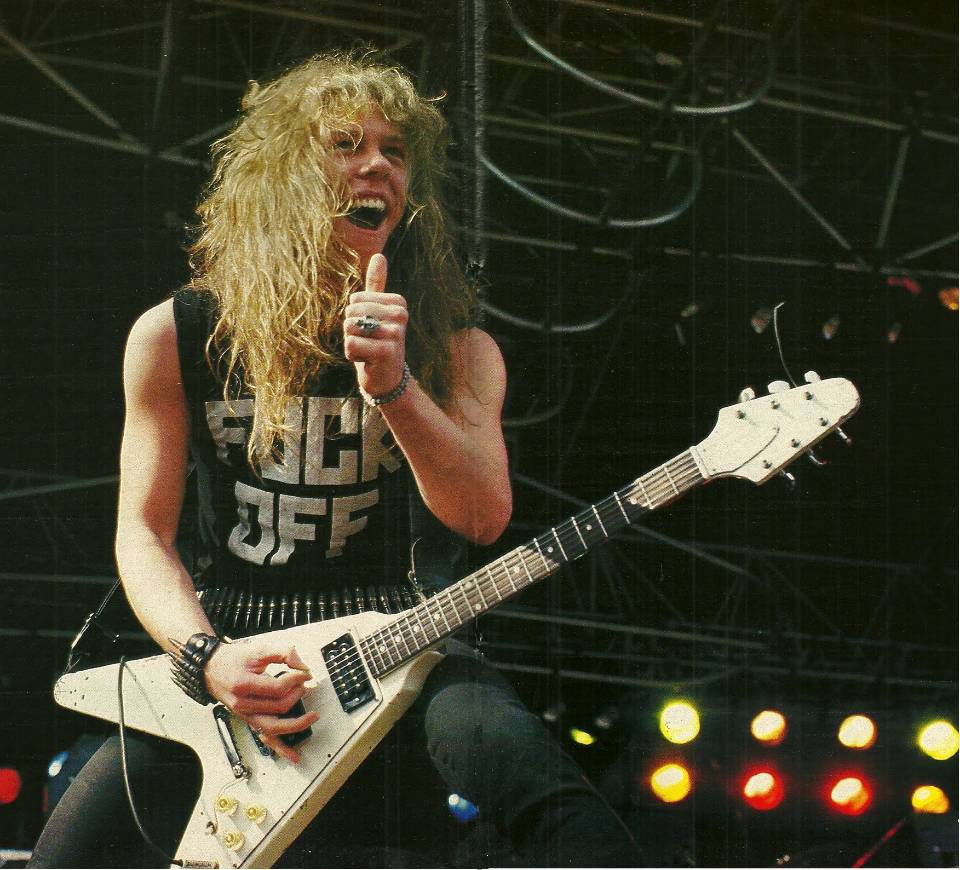
James Hetfield first bought a Flying V in 1980 at the age of 17. It was $200 and his second electric guitar. It appeared prominently on Metallica’s first album Kill Them All. It was extensively played live until the neck snapped in 1984 in an on-stage accident.
His early set up included two Seymour Duncan Invader pickups and a Tune-o-Matic Bridge. Some reports even state that it was an imitator body.
Jimi Hendrix
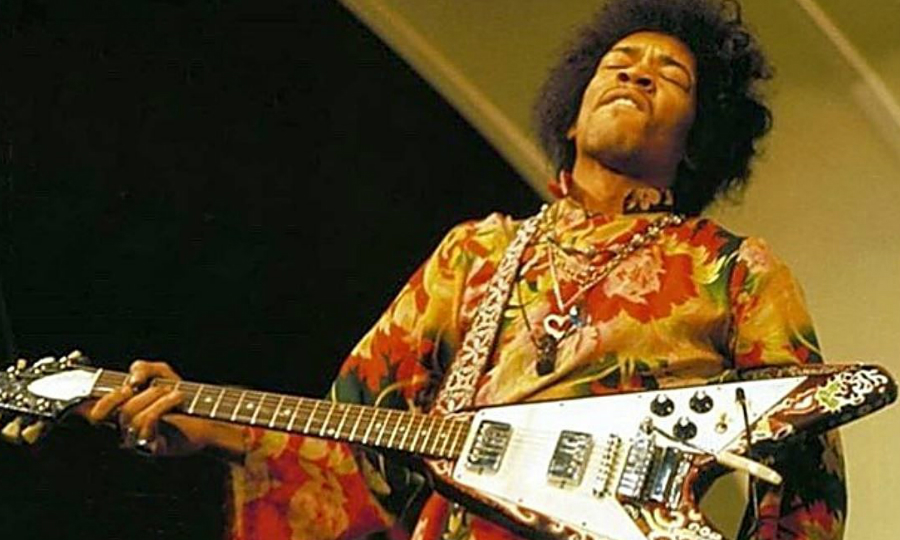
For a southpaw like Jimi Hendrix, the symmetrical design of the V made it easy for him to flip to a left hand. While he is most famous for the iconic white Stratocaster, he frequently switched over to Gibson’s to keep things interesting and for more attack.
For a brief stint in 1967, it had become one of his go-to instruments. Hendrix has even been photographed using it throughout his European tour in 1968 and was recorded playing his psychedelic hand-painted model during the French television program ‘Dim Dam Dom’ in October.
Billy Gibbons – ZZ Top

In the early wave of ZZ Top, Mr. Billy Gibbons was rocking the Gibson Flying V.
As Gibbons himself said, “That V filled the bill in the search for a mid-’50s Gibson with humbucking pickups. The Gibson humbucking pickups, of course, were believed to be the driving force behind the fierce tones everyone seemed to be stretching for.”
